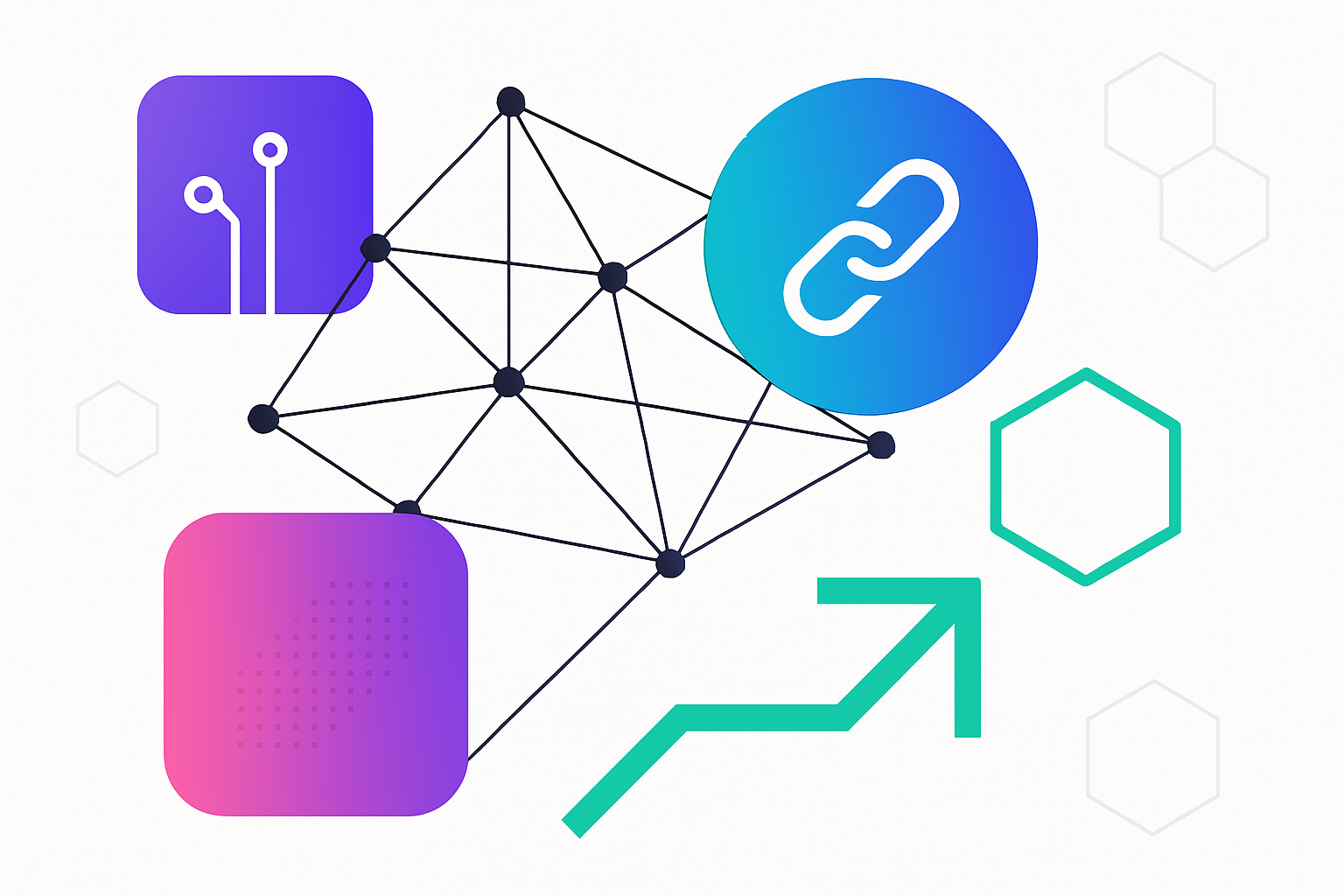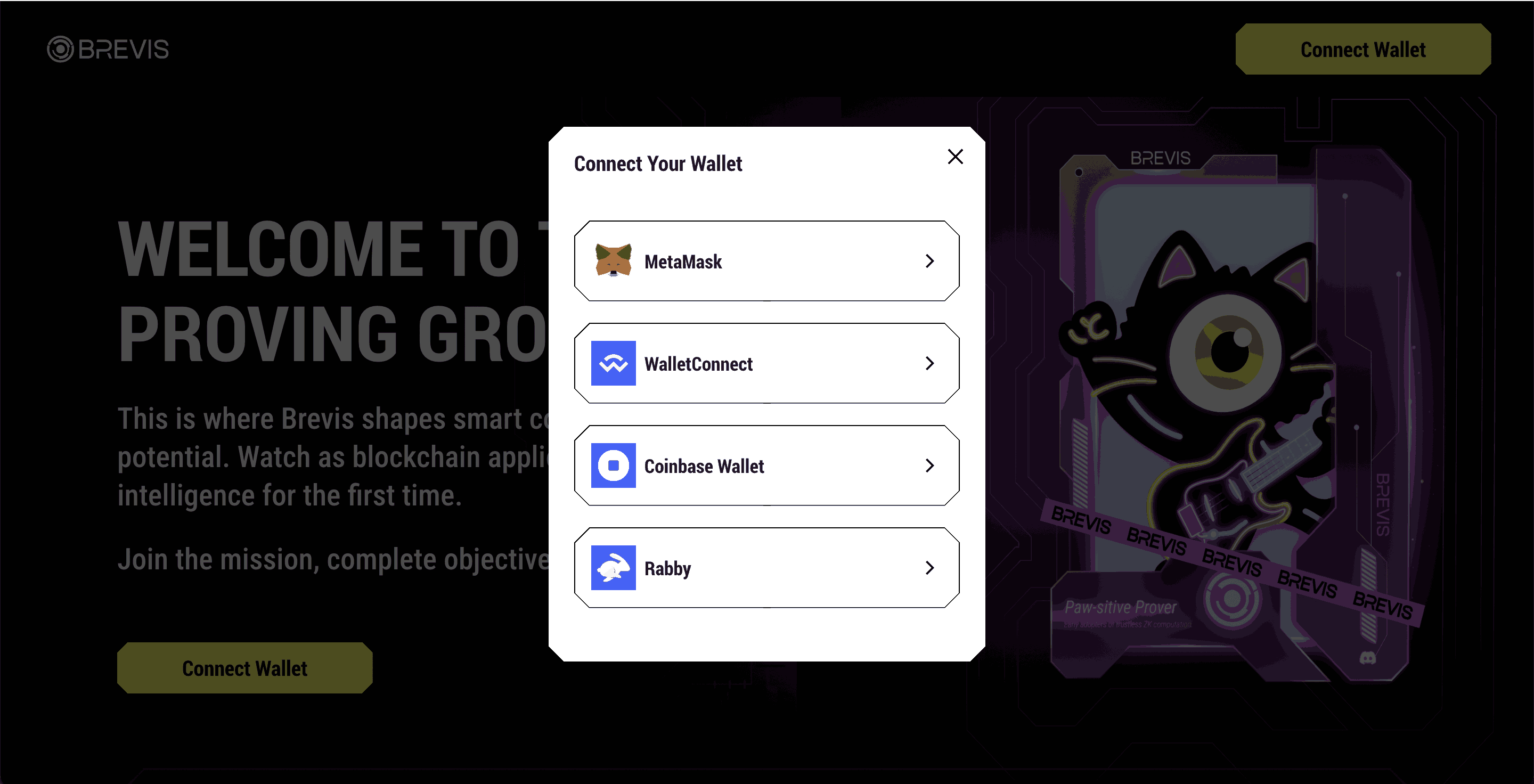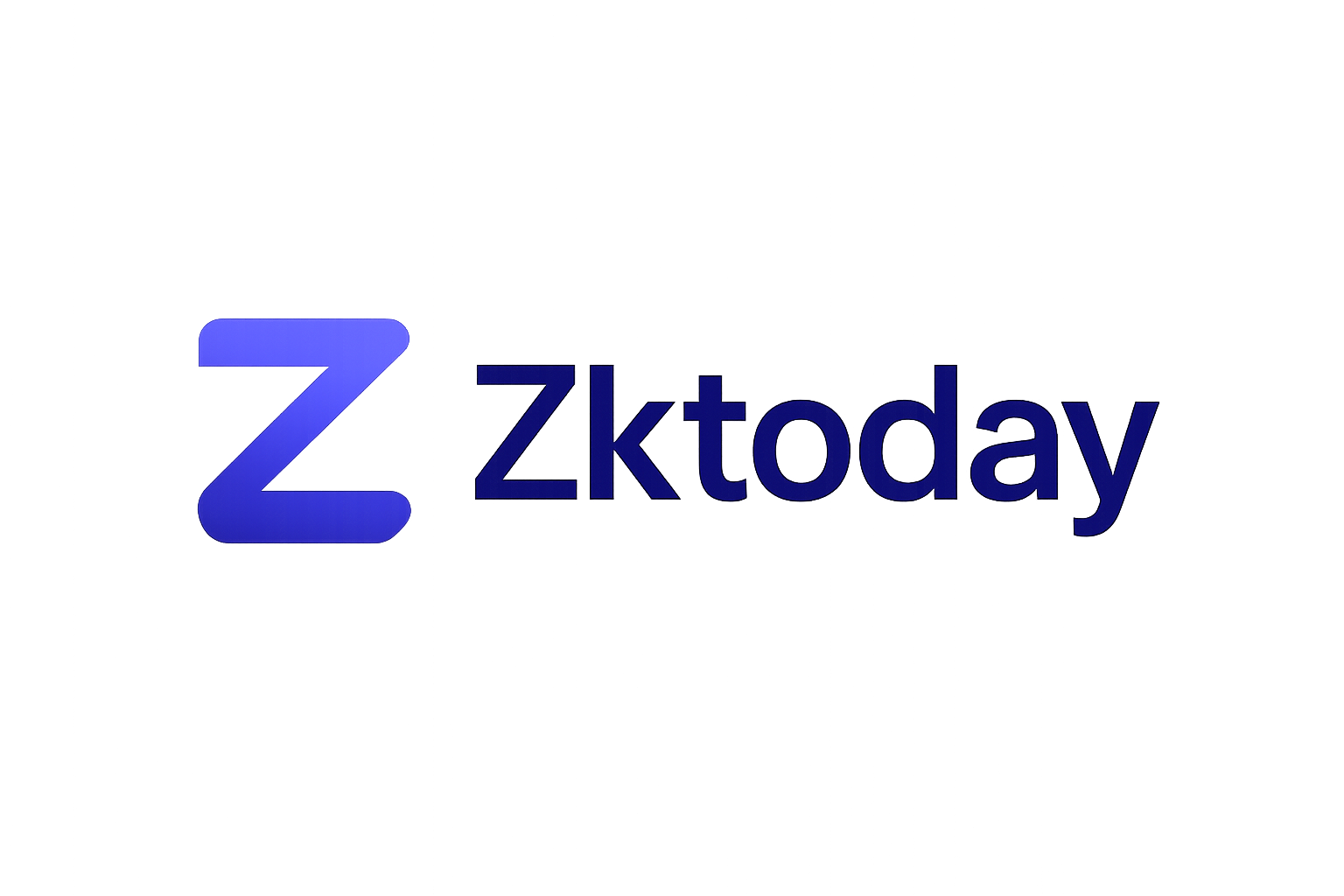
The rapid evolution of zero-knowledge (ZK) technology is fundamentally reshaping the landscape of blockchain interoperability. In 2025, Brevis Network stands out as a leading force, empowering decentralized applications (dApps) with seamless cross-chain intelligence through its innovative zk rollup architecture. For developers and DeFi innovators, Brevis offers a new paradigm: trustless, efficient access to historical on-chain data across multiple blockchains without compromising security or scalability.

Brevis: The Omnichain ZK Coprocessor for Smart Contracts
At its core, Brevis is a ZK coprocessor network designed to extend the capabilities of smart contracts far beyond their native chains. By leveraging advanced zero-knowledge proofs, Brevis enables dApps to query and compute over historical blockchain data off-chain, then submit succinct proofs on-chain. This approach drastically reduces gas costs and allows smart contracts to act on information from any connected blockchain in real time.
The ZK Data Coprocessor is pivotal here. It lets developers run complex queries, such as verifying an account’s transaction history or aggregating multi-chain liquidity, without exposing sensitive data or incurring prohibitive fees. As a result, DeFi protocols can build sophisticated products like cross-chain lending markets or dynamic options pricing models that were previously impractical due to technical limitations.
Pico zkVM: Unlocking Cross-Chain Compute Power
One of Brevis’s most groundbreaking components is the Pico zkVM, a lightweight virtual machine optimized for off-chain execution and on-chain verification. This module empowers developers to execute arbitrary programs, including simulations, trading algorithms, or even machine learning inference, across disparate networks. After the computation runs off-chain, Pico zkVM generates cryptographic proofs that are efficiently verified by the destination blockchain’s smart contract.
This verifiable compute layer opens up new frontiers for dApps seeking composability across chains. For example, a protocol on Ethereum can leverage liquidity data from BNB Chain or Solana without trusting centralized bridges or third-party relayers. Instead, the proof itself becomes the bridge, trustless and censorship-resistant.
zkFabric and zkAggregatorRollup: The Backbone of Interoperability
To facilitate true interoperability at scale, Brevis integrates two essential modules:
- zkFabric: Collects block headers from all supported blockchains and generates ZK Consensus Proofs that attest to their validity. This mechanism ensures that any cross-chain query references authentic and tamper-proof data.
- zkAggregatorRollup: Acts as an aggregation and storage layer for proofs and results across ecosystems. By verifying proofs once and sharing results network-wide, it minimizes communication overhead while maintaining full trustlessness.
Together these layers allow dApps to access not just live state but also deep historical context from any chain, a critical feature for compliance-focused DeFi projects, long-term analytics, or identity solutions (zkDIDs).
The Market Impact: Enabling Data-Driven Cross-Chain DeFi
The implications of Brevis’s architecture are already being felt throughout the crypto ecosystem in late 2025. Recent partnerships with MetaMask, Linea, and Dextr Exchange highlight how omnichain attestation can enhance both security and user experience in DeFi protocols. By providing provable access to historical market activity or liquidity conditions across chains, Brevis enables entirely new classes of financial instruments, such as options with time-volume pricing, that depend on reliable cross-network data feeds.
This approach also gives dApps a unique edge over off-chain indexing tools: ZK proofs generated by Brevis feed directly into smart contract logic, eliminating reliance on external APIs or middleware that introduce trust assumptions.
Looking ahead, the launch of Phase 2 (Field Operations) in November 2025 marks a major milestone for Brevis and its community. The “Proving Grounds” campaign incentivizes on-chain interaction with Brevis-powered dApps, letting users accumulate Sparks points through cross-chain tasks. This not only fosters ecosystem engagement but also signals the network’s readiness for broader adoption by developers and DeFi protocols seeking robust, trustless interoperability.
Key Use Cases Enabled by Brevis zk Rollup Technology in 2025
-

Cross-Chain DeFi Applications: Brevis enables decentralized finance (DeFi) protocols to securely access and verify data from multiple blockchains, allowing for innovative products like cross-chain lending, borrowing, and options with time-volume pricing.
-

Trustless zkBridges: By leveraging zero-knowledge proofs, Brevis allows for instant, trustless bridging of assets and data between rollups and Layer 1 blockchains, eliminating the need for centralized intermediaries.
-

On-Chain Machine Learning and Simulations: The Pico zkVM enables dApps to run complex algorithms and machine learning inference off-chain, with verifiable results posted on-chain, supporting advanced analytics and AI-driven smart contracts.
-

Decentralized Identity (zkDID): Brevis supports privacy-preserving decentralized identity solutions by enabling smart contracts to verify user credentials and historical activity across chains without exposing sensitive data.
-

Omnichain Data Attestation: Through its ZK Data Coprocessor and zkFabric, Brevis allows dApps to access and prove historical data from any connected blockchain, powering use cases like audit trails, compliance, and data-driven governance.
Brevis’s architecture is particularly resonant for projects building advanced cross-chain DeFi applications. By combining the ZK Data Coprocessor with Pico zkVM and zkFabric, developers can:
- Launch omnichain lending platforms that factor in collateral and activity from multiple blockchains without exposing sensitive user data.
- Create verifiable identity (zkDID) systems that aggregate reputation or KYC status across networks using tamper-proof proofs.
- Implement dynamic pricing models for derivatives and structured products based on real-time, multi-chain liquidity conditions.
- Build compliance-aware analytics tools that audit historical transactions or enforce regulatory rules without sacrificing user privacy.
Security and Validation: Ready for Enterprise-Grade Deployment
The robustness of Brevis’s infrastructure has been underscored by recent security audits. As of October 2025, FuzzingLabs concluded that the protocol’s codebase is secure, stable, and production-ready after extensive validation and fuzz testing. This assurance is critical as institutional players increasingly look to integrate cross-chain ZK rollups into their compliance workflows and trading strategies.
The shift toward Layer 1 real-time proving (RTP) in Phase Two further enhances network efficiency by replacing re-execution with “1-of-N proving” plus lightweight consensus proofs. This design minimizes latency even as the number of supported chains grows, ensuring scalability remains uncompromised as adoption accelerates into 2026.
The Road Ahead: Composable Cross-Chain Intelligence
The vision behind Brevis extends beyond technical innovation: it’s about empowering a new generation of composable dApps that harness intelligence from across the blockchain universe. With its omnichain ZK coprocessor model, Brevis is setting a new standard for what’s possible in decentralized finance, enabling protocols to build trustless bridges between ecosystems while maintaining privacy, efficiency, and verifiability at every step.
If you’re looking to explore how zero-knowledge technology can unlock scalable cross-chain liquidity without opt-in complexity, check out our deep dive at How ZK Rollups Enable Cross-Chain Liquidity Without Opt-In.
As we close out 2025, one thing is clear: the future of blockchain interoperability will be defined by solutions like Brevis that blend rigorous cryptography with developer-friendly design. For builders seeking to harness cross-chain data securely, and for users demanding seamless experiences, Brevis represents both a technological leap forward and a catalyst for innovation across Web3.







